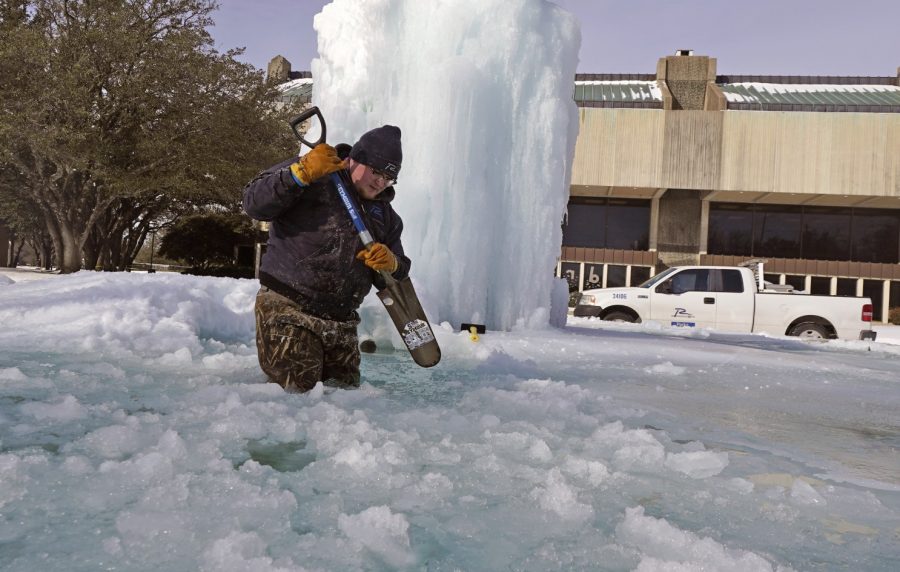Texas’ Ice Age
After a series of major winter storms left 75% of the U.S. covered in snow, people in Texas were left cold and scared. Up to 5 million people were without power for as long as 3 days. Such prolonged loss of electricity can be catastrophic to a family and a community’s economy in modern society. Beyond that, some households reported their electricity bills rising 10,000%, and previous issues such as water scarcity and food insecurity were only worsened. Texas’ near doomsday is having people call on legislatures and governments to work together to ensure that any such problem like this will not happen again.
Many factors led to Texas’ power outage. One contributing factor to the power outage is Texas’ renewable energy debacle. Misguided and uninformed policies on green energy played a large role in the blackout. Contrary to what some media outlets are saying, renewable energy is not the cause of Texas’ power outage. They simply are not significant enough in Texas to cause such a crisis. Natural gas supplies about half the state’s electricity demands. Cold temperatures and natural gas do not work in sync in Texas since their equipment is not winterized, making it susceptible to harsh weather conditions.
Another major issue is the increased privatization and deregulation of Texas’s energy sector, leading to exorbitantly high utility bills. ERCOT, the company providing the bulk of Texas’ electricity, has four main electrical grids powering almost all of Texas. Had essential services, such as electricity been nationalized, Texan residents would not have experienced such drastic hikes in their rates. Katrina Tanner saw her 120$ per month electric bill spike to 6,250$. Basic economics stipulates that when supply drops and demand spikes, rates are bound to increase significantly, especially when the supply is controlled privately.
Electricity was by no means the only important utility disrupted by the storm; food and water soon became scarce for certain Texas communities as well. Unfortunately, these communities were mostly underprivileged, minority communities, who have already been devastated by the global pandemic and nationwide economic shutdown. 12 million people had limited or no access to running water because of bursting and frozen pipes. People were collecting water in trash cans on the San Antonio RiverWalk. Many grocery stores were closed from harsh weather conditions, and those that were open had run out of basic, more perishable items, such as meats, milk, and eggs. 100% of the orange crop was lost in the state due to the weather. Many fire hydrants became unusable, and many counties had no access to plumbing.
Lack of foresight regarding climate change was another big reason for this storm. Texas’ governor Greg Abott has been lax about enforcing environmental regulations on corporations, and the state overall has had a skeptical mindset toward the effects of climate change.
Unfortunately, the people most affected are already the most disadvantaged groups in America, specifically people of color and lower-income families. Higher-income communities might have their utilities back and running within the day; lower-income, particularly black and Hispanic, may have to wait several days even to have electricity. For a family living paycheck to paycheck, struggling to feed their children every day, that neglect is unacceptable. The privatization of necessities, a deregulated market, insensitive politicians, static legislation, and racism continue to demonize America’s less fortunate.
From deregulated markets to lack of foresight, a variety of reasons caused the 2021 Texas power outage. The power outage quickly became a domino effect leading to many other necessities such as water and food becoming scarce. Minority and underprivileged communities were the most affected. Many argue that Texas should regulate or even nationalize its essential services. Others argue that Texas should continue its laissez-faire economics and instead move away from renewable energy sources like wind power. The decisions the Texas legislature makes in the upcoming months will decide whether disaster strikes again.

Neil Mahto '23 is the life of the party in every group and situation. You can always count on him to crack the right joke and put a smile on your face....







